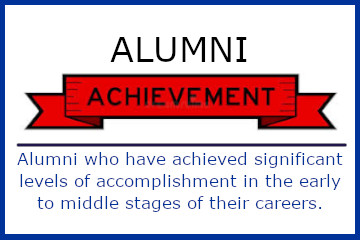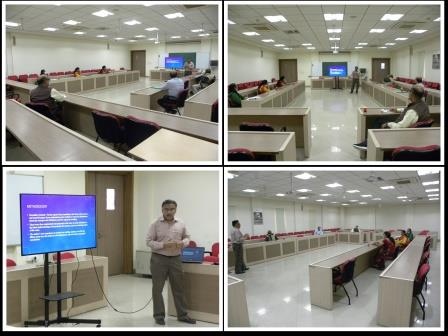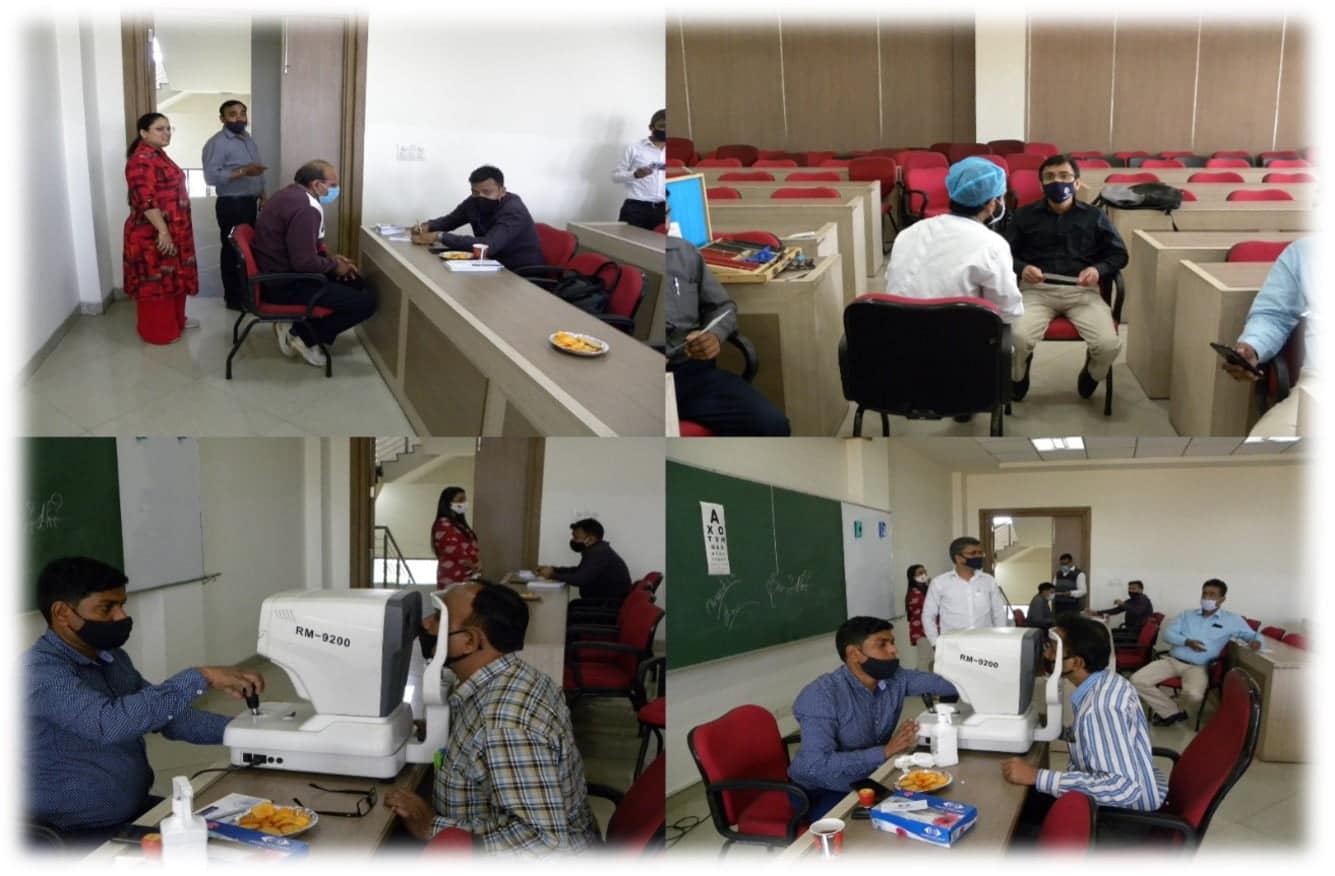Article by Mr. Partha Majumdar, PGDM (Executive) IS, Batch 2015, PGDM (Executive) Business analytics, Batch 2017
I started a Company in India from Bangalore in 2014. We started off well. However, soon we could not get any new orders. In 2016, I set up an Indian unit for a Dubai based company. We got good orders from Egypt and we were doing well. However, Egypt ran into severe financial crisis and we ran into problem of collecting our money. So, when 3 brothers from Saudi Arabia asked whether I could set up a Professional Services business in IT in Saudi Arabia, I grabbed the opportunity.
reached Riyadh on 11th May 2019 and started work the next day. As on 25th January 2021, the Company is worth USD 50 million.
I will tell you the story of how we made this possible. I mainly discuss the different strategies we adopted and why I think they had a chance to succeed and why they helped us in being successful.
To start, a strategy is needed
The first thing I told the brothers was that we should have a strategy and we need to stick to the strategy no matter what. We could change the strategy. However, that would be the last possible option. And before we did that we must deliberate and come up with the changed direction.
We hired an Austrian, Thomas, to do the market research for us. Thomas came up with the potential market and the players in the market. From this report, we narrowed down on what we would attempt to do. For example, we clearly demarked that we would not do anything which would need heavy investment. So, we were clear that we would not involve in anything where we needed setting up an infrastructure or procuring equipment. Next, we eliminated anything to do with security as this area was very risky and a small mistake could put our name and image at stake.
So, we decided to focus on Application Maintenance, Out-of-the-Shelf Software Supply & Support, Application Development & Support and System Integration. We knew that nobody would take us seriously as a System Integrator till we had some credibility in the market, and this would take time.
Further, I found that some of my colleagues from my previous stay in Saudi Arabia were now Ministers or Deputy Ministers. Also, the 3 brothers had some connections in the Government of Saudi Arabia. So, we decided to focus on the Government and Semi- Government sector in Saudi Arabia.
With this focus, we drew our Business Model Canvas. We clearly identified whom we would target and how and what values we would bring to them. Also, we identified what we needed to deliver this value. We identified our costs and our revenue sources.
Some early success
I approached one of my juniors who was a Director in Saudi Customs for some work. He assigned me 2 of his problems and asked me for a solution. In 2 weeks of discussion, the Saudi Customs team was convinced with the solution I provided. However, they could only go half the way as they were still not ready for a solution involving Blockchain.
However, they were not sure about our organisation’s delivery capabilities. So, they asked us to respond to a small RFP regarding re-stacking of their main solution – FASAH. We responded to the RFP and against the competition, we won the project. Apart from our solution being a plausible solution, we were also the lowest bidder. So, by end of June 2019, we had our first project.
We were to deliver the re-stacking of FASAH in 4 months. However, we delivered the project in 2.5 months and that gave us a huge boost in Saudi Customs.
How did we get resources for the FASAH re-stacking project?
Having got the project from Saudi Customs, our immediate challenge was to load the project with resources. Further, we had committed in our proposal that we would start the project in 7 days of receiving the PO. And here I was the only technical resource in our Company.
I rang one System Administrator in IBM to come over to Saudi Arabia for 15 days taking leave from his company. I did the same for one DBA from Atos. Luckily, both agreed. The very next day, we applied for their visa. They landed in Saudi Arabia on the 9th day after we had received the PO.
On the 8th day after receiving the PO, I held the Project Kick-Off Meeting and committed to start the work from the next day. So, the project work started as was committed.
In the meanwhile, I had contacted 2 Headhunting Companies run by my old colleagues and they arranged for a System Administrator, DBA and a Web Logic Administrator. All these 3 resources were without a job at that moment and so joined immediately. We arranged for their visa and they were in Riyadh by the 15th day after we received the PO.
We got labelled as “Fixers”
Following our success at Saudi Customs, we got 3 small projects. One was a migration project from ADAA (Ministry of Performance set up by the Prince) and another project from ADAA to fix all their Security Issues in their Enterprise. The third was a migration project from SQL Server to Oracle for Ministry of Health.
For the project with Ministry of Health, we were recommended by Oracle as we had done the re-stacking for FASAH to Oracle Linux and Oracle Database and Oracle Web Logic on hardware supplied by Oracle.
On completing the projects for ADAA before schedule, ADAA spread the word in the market that this company was a “Fixer”. This tag helped us as we got called from Ministry of Education for fixing their main system. This system was used for interacting with all Saudi Students (in the country and abroad). The crisis was so severe that the Education Minister had to go on National Television and apologise to the citizen.
We got the Ministry of Education system operational in 1 week and then fixed the system in the next 3 weeks. This gave us a big boost.
Finally, we landed our big orders
After success with FASAH, Ministry of Finance gave us the order for implementing the Electronic Letter of Guarantee project – Wthaq. Within a few weeks, we got another order from Ministry of Civil Services for redeveloping their Human Resources Management System – MASAR. Both these projects were worth more than 20 million SAR.
Getting the orders was ok. However, to be able to deliver them was another story. We required large teams now. I did not want to recruit too many people in the Company. This was because we still did not have a steady pipeline of projects. I was clear that if we hired a resource, we would give a minimum guarantee of 3 years of service in our organisation.
Subcontracting was the way forward
So, we hired the Project Managers in Riyadh for both the projects. This was also necessary as at least the Project Managers needed interacting with the Customers in Arabic. We also hired the Business Analysts in Riyadh. Again, the Business Analysts needed being fluent in Arabic.
For the development team, I contacted 2 Indian Companies owned by my seniors. I subcontracted the work to these companies. However, the staff of these companies would work under our project management.
This had another advantage that I made Fixed Price Contracts with both the firms. This ensured that our cost would be capped irrespective of how the project progressed.
Ultimately, we moved towards self-reliance
By mid-2020, we were well recognized in the market. We got large projects from 4 more Ministries. To execute these projects, we started building our own team. We set up our development centers in India and Egypt. We appointed a Country Manager in both countries.
By the end of 2020, we had complete delivery capabilities. However, we kept our relationship with our vendors. This was because when we need specialized skills like Pega, we outsource the work to them.
In the meanwhile, we have also purchased partnerships from Oracle, Amazon and Microsoft. We hope to get projects from them as well.



